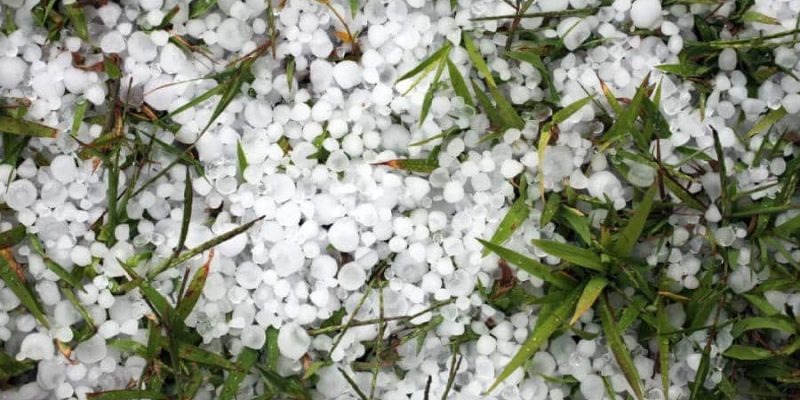Across North America, hailstorms cause over $10 billion dollars in annual property damage. In addition to damaging buildings and vehicles, hail also causes significant damage to plants and crops, especially during the spring and summer months in regions with frequent thunderstorms, such as the Great Plains and Midwest of the United States, as well as in mountainous areas where strong thunderstorm updrafts can lift hailstones higher into the atmosphere.
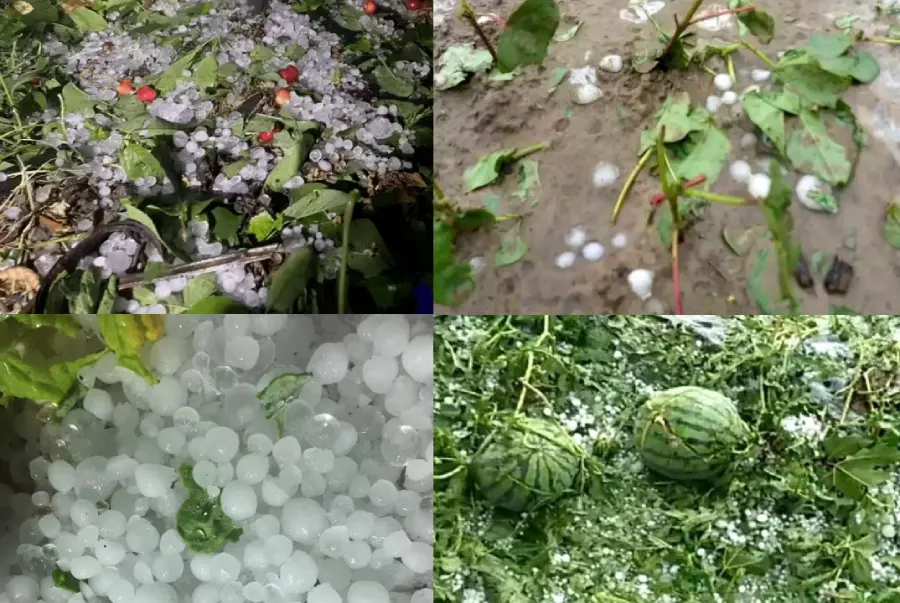
Huge hail damage to plants
As one of the agricultural netting suppliers, we understand the importance of protecting plants from various types of damage. In this article, we would like to share a comprehensive guide on how to protect your plants from hail, including 6 tips for prevention, protection, and minimizing damage.
How to Protect Plants from Hail Damage
If your crops or plants are not hail-resistant, you may want to consider using various methods to protect them from hail damage. Some options for protecting your crops or plants from hail include:
Tip 1: Cover Your Plants with a Hail Net or Shade Cloth
A hail net is a specialized type of netting that is designed to protect plants from hail. It is made of a durable, lightweight material that can withstand the impact of hail without tearing or breaking. Shade cloth is another option that can be used to protect plants from hail. It is a lightweight, flexible fabric that provides partial shade and can also help to reduce the force of the hail as it hits your plants.
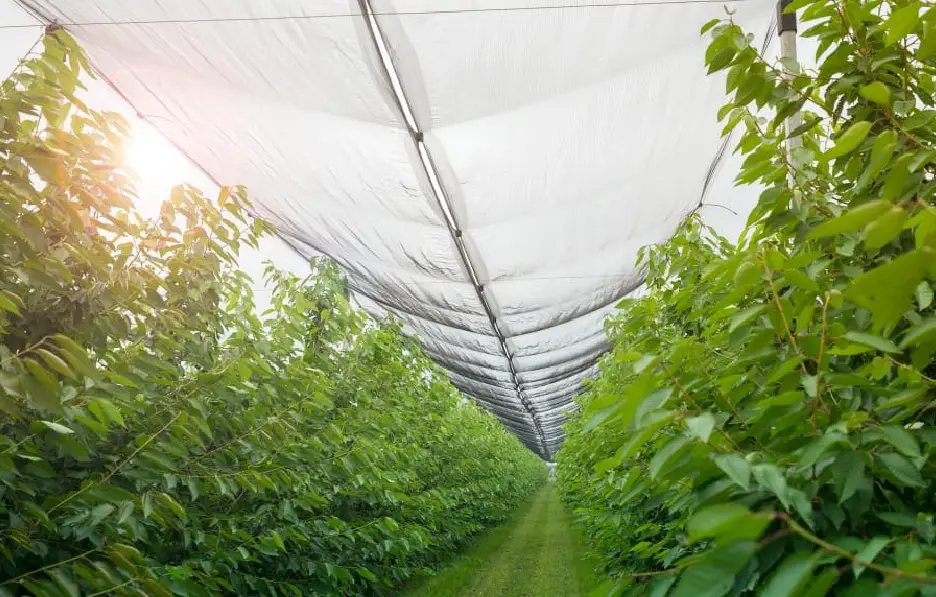
Hail Netting
To use a hail net or shade cloth, simply drape it over your plants and secure it in place with stakes or weights. Be sure to cover your plants completely and leave enough slack in the netting or cloth to allow for some movement in case of strong winds.
Don’t Miss: How to choose the best hail netting for your garden plants?
Tip 2: Bring Potted Plants Indoors or Cover Them with a Tarp or Cardboard Box
If you have a small garden or if you only have a few plants that you want to protect, consider bringing your potted plants indoors or covering them with a tarp or cardboard box. This is especially useful if you live in an area that is prone to severe hail storms.
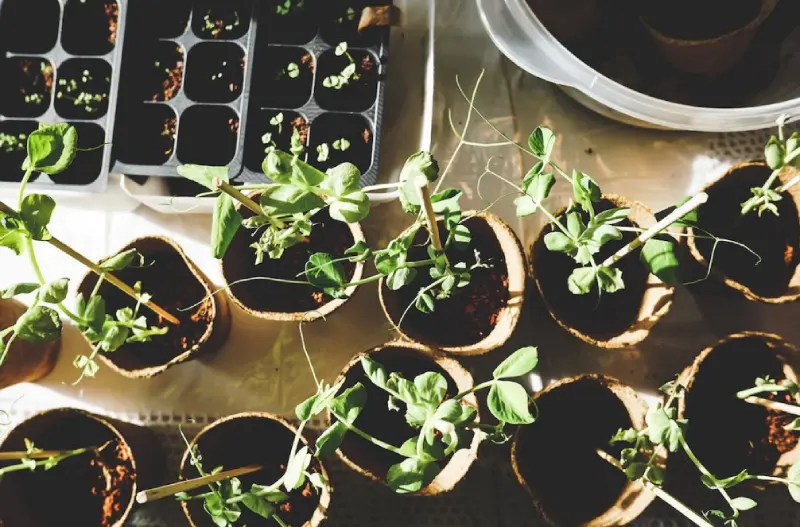
Bring potted plants to indoor
To bring your potted plants indoors, simply pick them up and move them to a sheltered area, such as a garage or basement. If you prefer to keep your plants outdoors, you can cover them with a tarp or cardboard box. To do this, place the tarp or cardboard box over your plants and secure it in place with stakes or weights. Be sure to leave enough slack in the tarp or cardboard to allow for some movement in case of strong winds.
Tip 3: Create a Windbreak
A windbreak can help to reduce the impact of hail on your plants by breaking up the wind and reducing the force of the hail as it hits your garden. To create a windbreak, plant rows of trees or shrubs on the windward side of your garden.
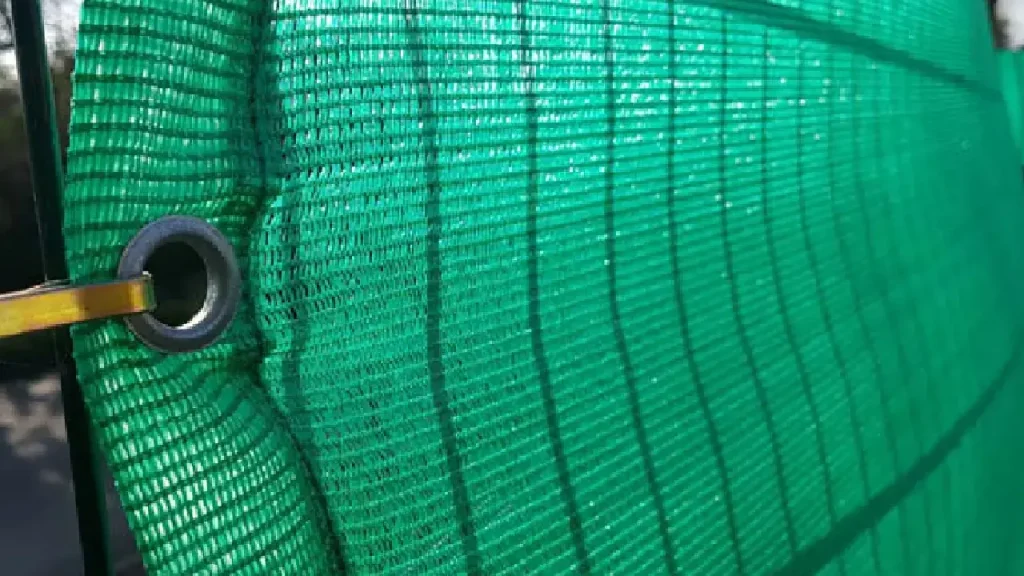
windbreak netting for plants
When selecting plants for your windbreak, choose varieties that are fast-growing and able to withstand strong winds. Conifers and evergreens are often good choices for windbreaks, as they have dense foliage and deep root systems.
Tip 4: Prune Off Any Broken or Damaged Branches After a Hail Storm
After a hail storm, the first thing you should do is assess the damage to your plants. Look for any broken or damaged branches and prune them off as soon as possible. This will help your plants recover more quickly and reduce the risk of further damage.
To prune off broken or damaged branches, use a pair of pruning shears or a saw to cut the branch off as close to the main trunk as possible. Be sure to disinfect your pruning tools before and after use to prevent the spread of diseases.
Tip 5: Check Your Plants for Any Other Signs of Damage
After a hail storm, be sure to check your plants for any other signs of damage, such as broken or bruised foliage. If you notice any damage, take steps to repair it as soon as possible to help your plants recover.
For example, you might try removing any damaged leaves or branches or applying a fertilizing or protective spray to the affected areas.
Tip 6: Fertilize Your Plants After a Hail Storm
Hail storms can be stressful for plants, and they may need a little extra care to help them recover. One way to support your plants after a hail storm is to fertilize them. This will help to nourish the soil and provide your plants with the nutrients they need to grow and thrive.
When fertilizing your plants after a hail storm, be sure to use a balanced fertilizer that contains a mix of nitrogen, phosphorus, and potassium. You can apply the fertilizer according to the instructions on the package, or consult with a local nursery or extension office for recommendations on the best type of fertilizer for your plants.
FAQ on Plants Protection for Hail
1. Which plants are most vulnerable to hail damage?
All plants can be damaged by hail, but some are more susceptible than others. Annual flowers and vegetables with delicate or thin foliage are particularly vulnerable to hail damage. Trees and shrubs with small or tender leaves, such as fruit trees and roses, are also more prone to hail damage.
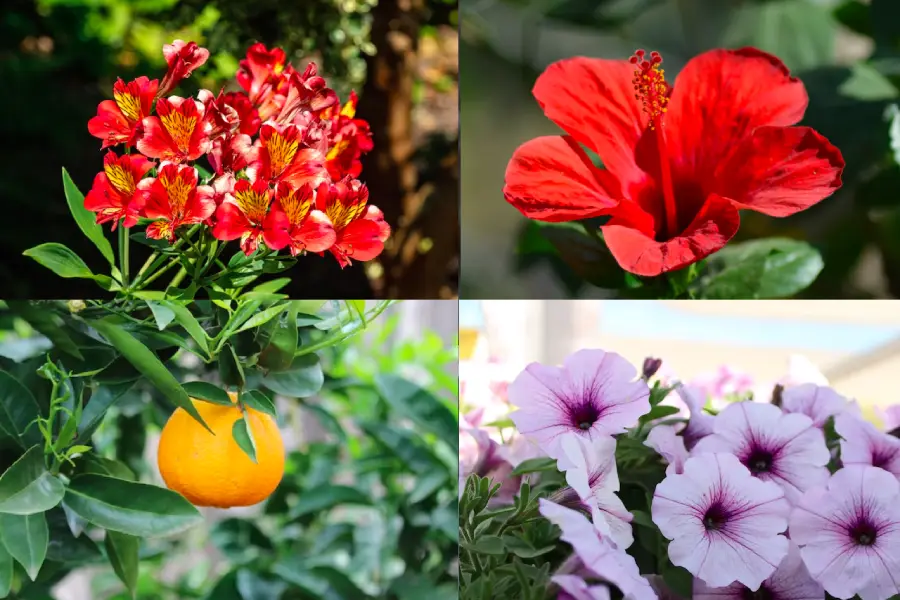
Some plants need to be protected
2. What are the best hail covers for plants?
To protect your plants from hail damage, some of the best options include hail netting, woven aluminum mesh screens, tarps with stakes or wooden posts, containers such as buckets or trash cans, and cardboard, wood sheets, or cloth sheets. These materials can be easily used to cover your plants and protect them from hail damage. It is important to be prepared and have these materials on hand so that you can quickly protect your plants when a storm strikes.
To know more about hail netting types, you can check our hail netting product specifications here.
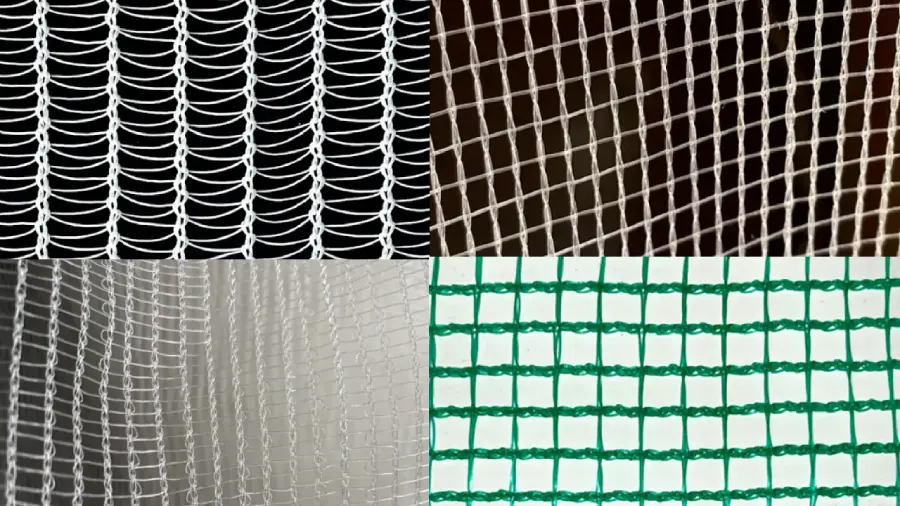
Hail covers for plants – INSONSHADE
3. How to Predict Hailstorms?
There are a few ways to know if hail is coming.
One of the most reliable ways is to listen to a weather report, as local weather forecasts will often provide information about the possibility of hail in the forecast. Another way to know if hail is coming is to look for the presence of thunderstorm clouds, as hail is most commonly produced by these types of clouds.
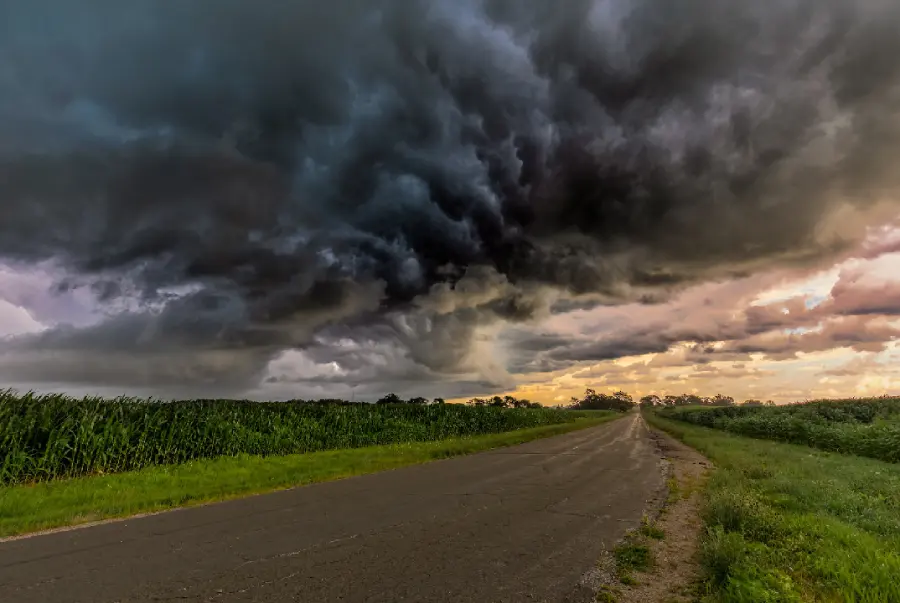
The weather before a hailstorm
Other signs that hail may be on the way include the presence of rain, thunder, or lightning, as well as sudden drops in temperature. In addition to these signs, you can also use weather apps or websites to stay informed about the location and intensity of hailstorms in real-time.
Conclusion
By following these tips, you can help protect your plants from hail damage and ensure the longevity and health of your garden. Remember to take preventive measures before a hail storm, take protective measures during a hail storm, and take steps to minimize damage after a hail storm to give your plants the best chance of survival.
